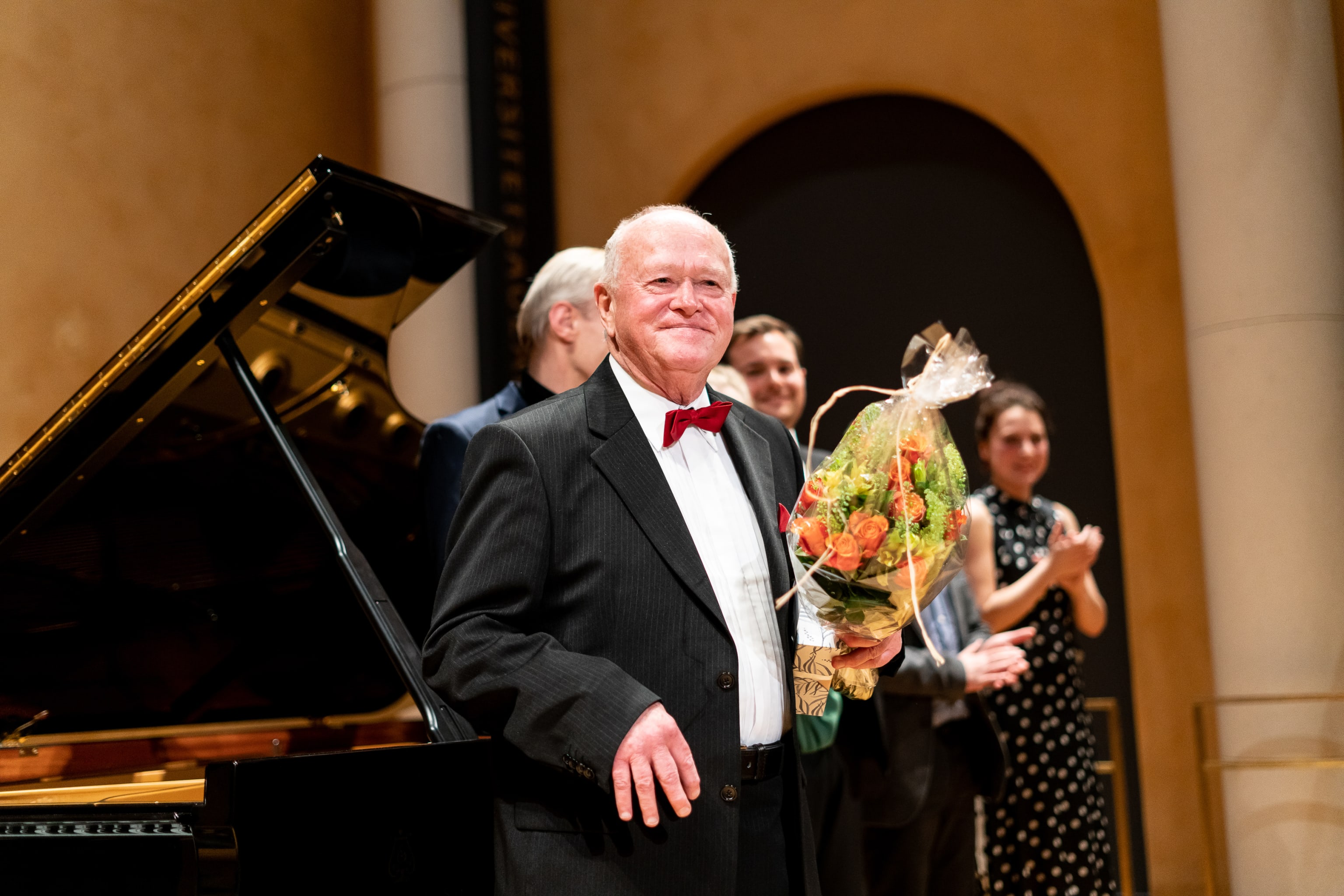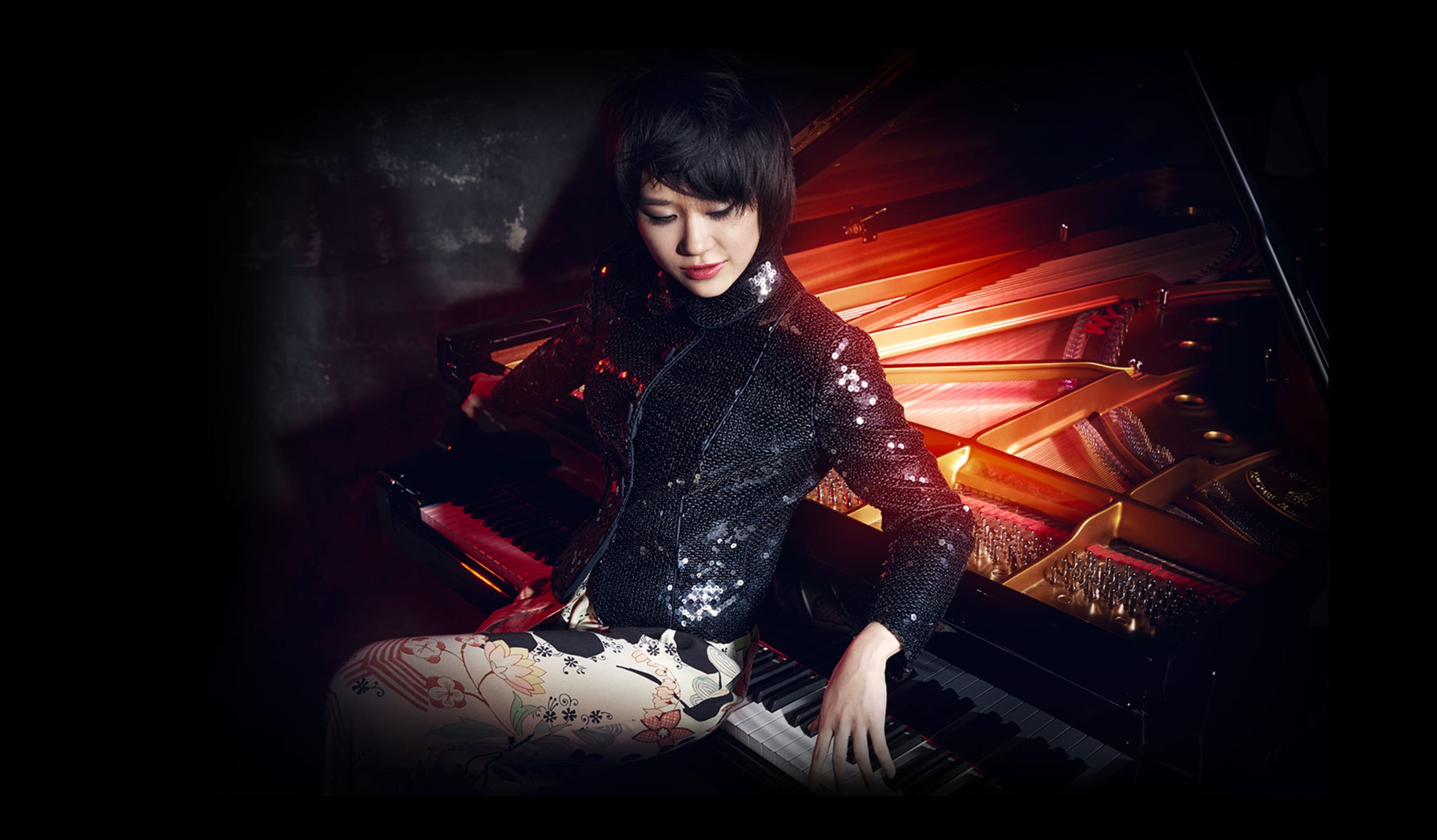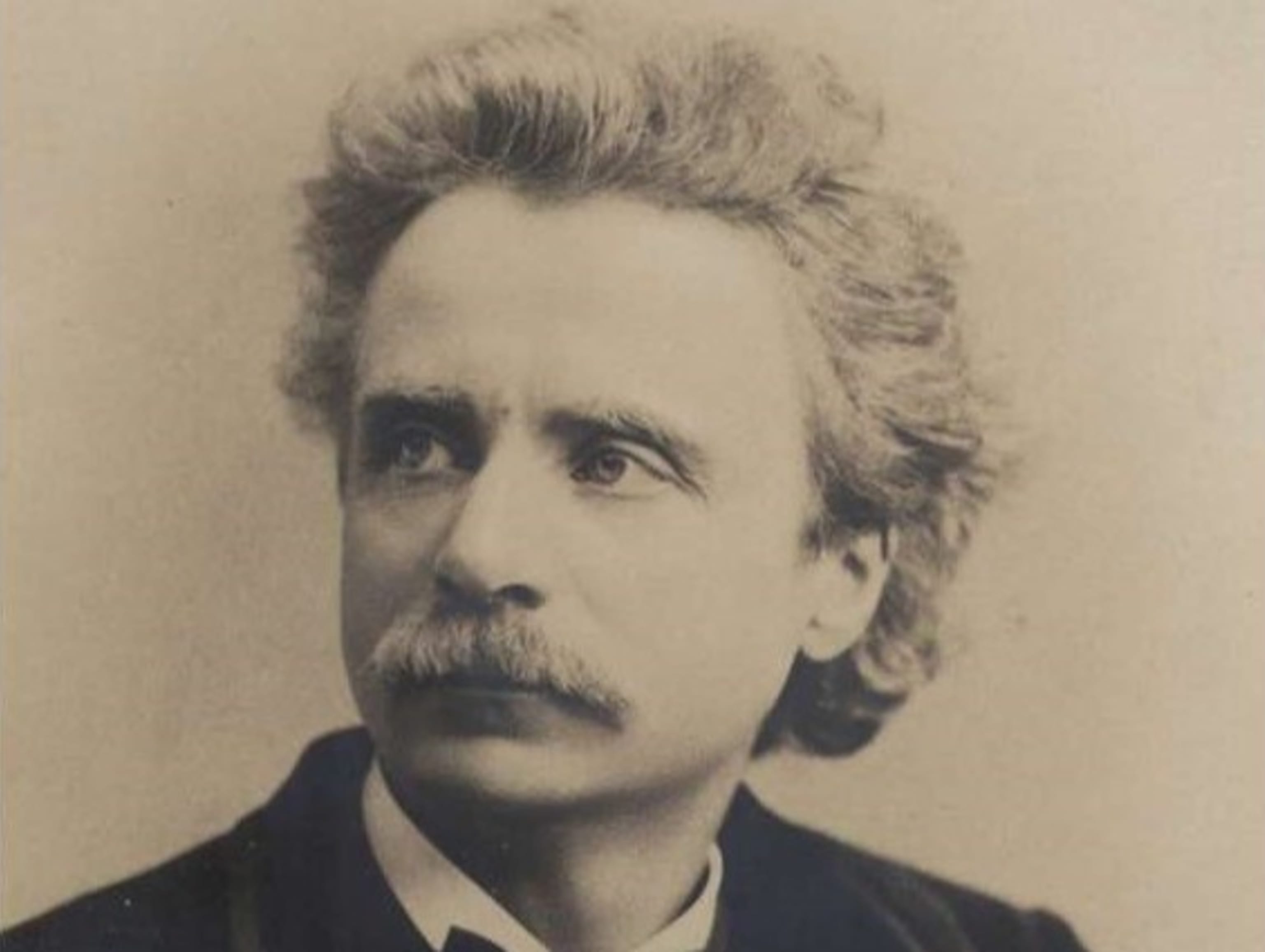The resonance of understrings
- Home
- Festival
- 2021
- Articles
- The Resonance Of Understrings
- By:
By: Ketil Mosnes,
March 23, 2021
Edvard Grieg's music performed by Hardanger fiddle, violin and string orchestra.
Deeply rooted in Norwegian folk music, violinist Ragnhild Hemsing is an exceptionally versatile artist. She is known for combining folk music and classical music in an innovative way, and she has built a large repertoire consisting of both classical violin works and more original and complex works written for the Hardanger fiddle.
Hemsing, who is from the Valdres-district in Norway, started playing violin when she was five years old, and three years later she was already performing at the National Theatre in Oslo in front of the royal family, only to be invited to start at the Barratt Due Institute of Music in the same city the following year. Hemsing debuted with the Bergen Philharmonic Orchestra at the age of 13, and has since performed with several well-known orchestras such as the Trondheim Symphony Orchestra, the Oslo Philharmonic, the Minnesota Orchestra, the DR Symphony Orchestra, the NDR Radio Philharmonic, the National Orchestra of Belgium and the Düsseldorf Symphony Orchestra.
Together with her sister Eldbjørg – also a violinist with an impressive career behind her – Ragnhild Hemsing has gradually become a prominent player in the Norwegian music scene. Among other things, the sisters have made an hour-long documentary about the life of Ole Bull, and they are artistic directors of the Hemsing Festival; a chamber music festival which takes place every year in Valdres, Norway.
In an interview with Bergen International Festival, Hemsing explains that the exploration of the lines between Norwegian folk music and classical music was something she started thinking about early in her career:
– I have combined classical music with Norwegian folk music since I started playing as a 5-year-old, and the combination of these genres has become my musical identity. The uniqueness of the Hardanger fiddle combined with the classical violin has always been fascinating, and for me these instruments and the two genres enrich each other. I also find it interesting to put together a repertoire where the composers are inspired by folk music and folk traditions from their respective countries. A repertoire might have direct similarities that connects it in a natural order, or there can be a contrast. And I think it is exciting to combine this with dance tunes on the Hardanger fiddle. There are no contradictions in having one instrument or the other. For me, it is also important to be open to other influences, and I think it is fantastic that young composers use folk music in a new musical language.
At the Bergen International Festival, Ragnhild Hemsing will explore the lines between folk music and classical music in Edvard Grieg's Peer Gynt-suite. The project has been named The sound of understrings in Peer Gynt, and will be performed together with the chamber ensemble TrondheimSolistene:
– Edvard Grieg himself stated that the Peer Gynt-suite is inspired by Norwegian folk music. With that in mind, my desire with this project is to dive deeper into his music. The understrings are the core of the sound in the Hardanger fiddle, and I think there are exciting soundscapes that always resonate along when you play. The first notes in Peer Gynt's Morgenstemning are taken from the understrings on a Hardanger fiddle, then there’s also Op. 72, where Grieg reworks dance tunes from the fiddler Knut Dale for solo piano.
In this project, Edvard Grieg's Peer Gynt-suite no. 1 and 2 has been arranged especially for Hardanger fiddle and violin solo with string orchestra for the first time, and I am very happy to collaborate with Trondheimsolistene, an eminent string orchestra that I have enjoyed playing with several times before. The arrangements are beautifully done by Tormod Tvete Vik.
– For those of us with limited knowledge of the Hardanger fiddle: Can you explain a little more about the understrings, and what it is that makes them special?
– The Hardanger fiddle is Norway's national instrument, first to be discovered in the middle of the 17th century in Hardanger. Typical characteristics of Norwegian folk music include the different rhythms – often asymmetrical – that change depending on which valley and area in Norway they stem from, in the same way as with languages and dialects. The understrings provide the Hardanger fiddle with that large and distinctive sound. The instrument usually has nine strings – four above and five below – however some only have eight. When you play on the four upper strings the bridge vibrates, and the lower strings resonate along and create a beautiful and rich sound. Many folk tunes are inspired by nature, including waterfalls. The sound from a waterfall contains several frequencies simultaneously, and this is exactly the same magic that the strings on the Hardanger fiddle create. There are many myths about musicians who have sacrificed food to the waterfall to become better and more energetic in terms of playing.
Since the Hardanger fiddle has shorter strings than the violin, it sounds between a second and a third higher than the concert pitch. It can be tuned in different ways, depending on the tune, the tradition and which area the tune is from. There are around 25 different tunings which can be used on the Hardanger fiddle, and all of these have their own name, such as ‘tuned up’ (a – d1 – a1 – e2), ‘tuned down’ (g – d1 – a1 – e2), ‘troll-tuned’ or ‘daybreak’ (a – e1 – a1 – ciss2) and ‘gorrlaus’ (f – d1 – a1 – e2). An example of a classical musical work where the strings are used as a direct inspiration, is the opening phrase of Morgenstemning from Grieg's Peer Gynt music: A F♯ E D E F♯, and so on.
– Did you have an idea in advance about how the project would sound, or was it something you figured out along the way?
– I’ve had an idea and a vision of such a project for a while now, and I’ve believed that parts of the music would fit well on the Hardanger fiddle in combination with violin and a string orchestra. At the same time, I’m always open and curious to be surprised and challenged during the process. Also, I think it has been very rewarding to work with musical arranger Tormod Tvete Vik; I’ve had a desire to bring out certain qualities in the Hardanger fiddle, so I sent some dance tunes – especially from Valdres – to him in advance. I’ve wanted to do this project for a long time, and I am so grateful for the opportunity to premiere it at the Bergen International Festival in May. In August later this year, we will record the project for Berlin Classics.
– Are you interested in doing similar projects with other musical works? And if so, which ones?
– There is a huge selection of exciting and interesting works I would like to do something similar with. I have some ideas and thoughts, and I look forward to exploring this further.
Supported by Vestland county council



